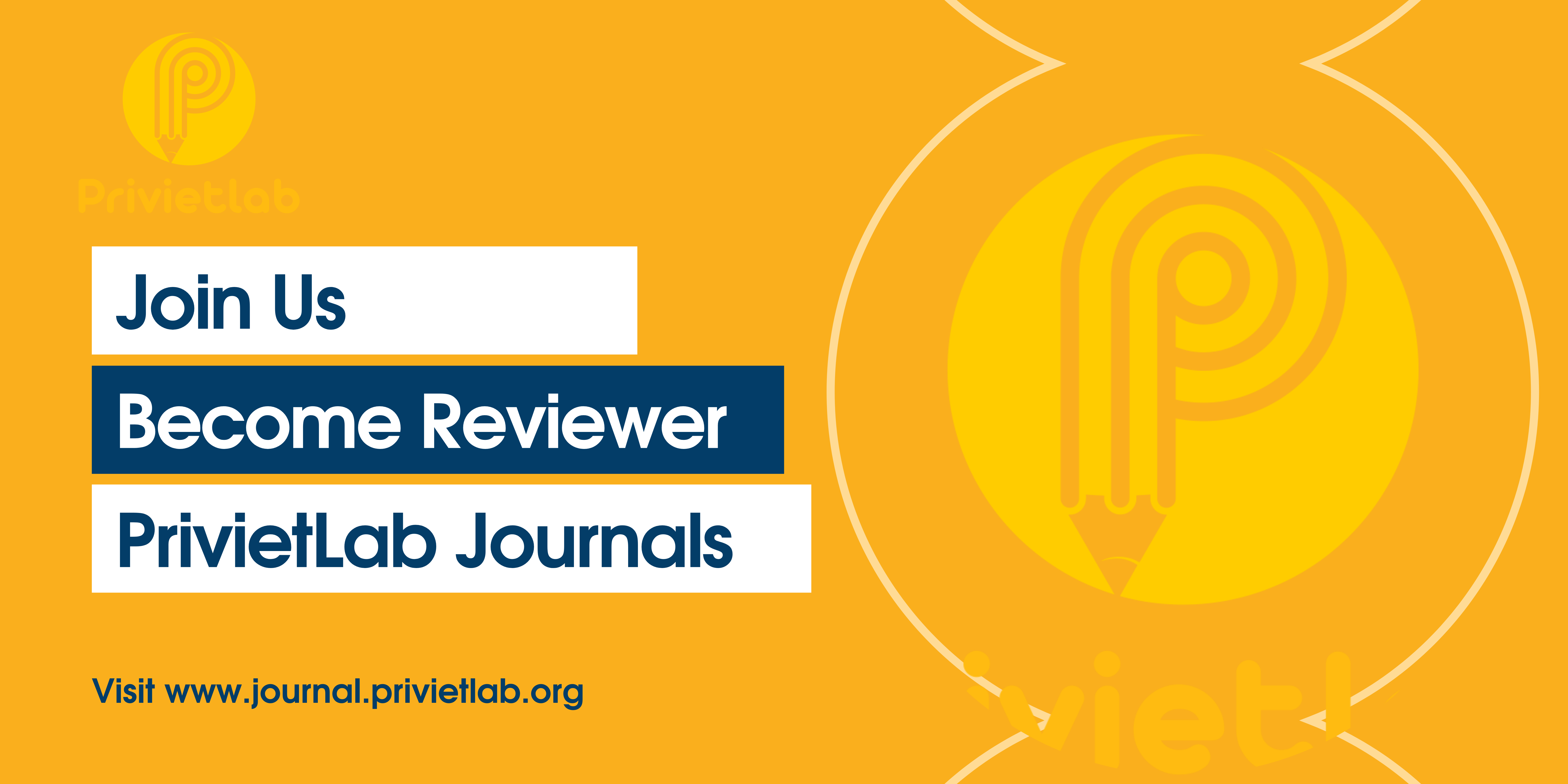Development of the Gambo Jumputan Batik craft industry as a local potential in the Musi Banyuasin Region
DOI:
https://doi.org/10.55942/pssj.v5i9.611Keywords:
Small Batik Industry, Development, Local Potential, Batik Jumputan GamboAbstract
Toman Village has agricultural potential for development, one of which is the use of natural dyes from gambier sap waste as the main ingredient for batik dyes. Besides functioning as a natural dye, it also maintains the environmental ecosystem. The batik industry in Toman Village is growing rapidly; however, it faces many challenges in developing its business. Researchers studying this matter aim to analyze the problems faced by the Jumputan Gambo batik industry and formulate strategies for its development in Toman Village. A descriptive qualitative method with a case study strategy was used. The data in this study were collected through observations and in-depth interviews with each research participant. The results showed that the batik handicraft industry has great potential to develop and plays an important role in sustaining people's lives. However, its development has not been maximized and has not received significant support from related parties. The small batik industry faces many challenges in the form of non-optimal work productivity of craftsmen, slow regeneration, inability to engage in online marketing, and Jumputan batik Gambo cloth products are still fixated on traditional designs and colors or patterns, so that the market segment is limited and capital constraints. The efforts that can be made to develop batik include strengthening access to market information and financial aspects, increasing the competence of batik business actors to innovate and create new products or motifs, encouraging batik business actors to collaborate with other parties, and building partner commitments to mitigate market uncertainty.
References
Abdulkader Alghafri, M., Ivanovich Veklenko, V., & Mohammad Ali, M. (2020). Cultural Heritage Management as a Generator of Socio-Economic Development (The Case Study of Syria). SHS Web of Conferences, 76. https://doi.org/10.1051/shsconf/20207601025
Adeola, O., Gyimah, P., Appiah, K. O., & Lussier, R. N. (2021). Can critical success factors of small businesses in emerging markets advance UN Sustainable Development Goals? World Journal of Entrepreneurship, Management and Sustainable Development, 17(1), 85–105. https://doi.org/10.1108/WJEMSD-09-2019-0072
Al-Haddad, L., Sial, M. S., Ali, I., Alam, R., Khuong, N. V., & Khanh, T. H. T. (2019). The role of small and medium enterprises (SMEs) in employment generation and economic growth: A study of marble industry in emerging economy. International Journal of Financial Research, 10(6), 174–187. https://doi.org/10.5430/ijfr.v10n6p174
Aladin, A., Dewata, E., Sari, Y., & Aryani, Y. A. (2021). The Role of Small and Medium Enterprises (SMES) and Economic Growth in Indonesia: The VECM Analysis. Proceedings of the 4th Forum in Research, Science, and Technology (FIRST-T3-20), 1, 95–99. https://doi.org/10.2991/ahsseh.k.210122.017
Andiani, R., Raya, A. B., Nugroho, A. D., Siregar, A. P., Prasada, I. Y., Indana, F., Simbolon, T. G. Y., & Tri Kinasih, A. (2020). Word of mouth sebagai upaya promosi batik Sumedang oleh perajin batik (Studi Kasus pada Sanggar Batik Umimay). Dinamika Kerajinan dan Batik: Majalah Ilmiah, 37(1), 159–172. https://doi.org/10.22322/dkb.V36i1.4149
Bakhri, B. S. (2015). Masyarakat Ekonomi ASEAN (MEA) dan Tinjauan dari Perspektif Ekonomi Syariah. Jurnal Ekonomi KIAT, 26(2), 32–37. https://doi.org/https://doi.org/10.25299/kiat.2015.vol25(2).3029
Baskoro, D., & Wisnubrata. (2023). Regenerasi Perajin dari Generasi Muda Jadi Solusi Pelestarian Batik. lifestyle.kompas.com. https://lifestyle.kompas.com/read/2023/10/03/194144720/regenerasi-perajin-dari-generasi-muda-jadi-solusi-pelestarian-batik?lgn_method=google&google_btn=onetap
Boccella, N., & Salerno, I. (2019). The Role of Cultural Heritage in Promoting Socio-Economic Development: An Analysis on Emerging Countries. Journal of International Cooperation and Development, 2(1), 51–56. https://doi.org/10.36941/jicd-2019-0007
Bonfanti, A., Del Giudice, M., & Papa, A. (2018). Italian Craft Firms Between Digital Manufacturing, Open Innovation, and Servitization. Journal of the Knowledge Economy, 9(1), 136–149. https://doi.org/10.1007/s13132-015-0325-9
Corte, V. Della, Zamparelli, G., & Micera, R. (2013). Innovation in tradition-based firms: Dynamic knowledge for international competitiveness. European Journal of Innovation Management, 16(4), 405–439. https://doi.org/10.1108/EJIM-06-2012-0065
Dachlan, N., Dwiridotjahjono, J., & Prabowo, B. (2016). Adoption of E-Commerce for Small and Medium Enterprises: Empirical Study in Indonesia. The International Journal Of Business & Management, 4(12), 318–326. www.theijbm.com
Dagperin Muba. (2020). Gambo Muba Sukses Dongkrak Perekonomian Keluarga. Dinas Perindustrian Musi Banyuasin. https://dagperin.mubakab.go.id/berita-baca-53
Fauzan, M. (2024). Menperin: Masih Banyak Peluang Industri Batik Perluas Pasar Ekspor. antaranews.com. https://www.antaranews.com/berita/4371067/menperin-masih-banyak-peluang-industri-batik-perluas-pasar-ekspor
Fuadiyah, M., Anriska, T. A., Syarifuddin, & Irwanto, D. (2022). Batik Gambo: Sebagai Ciri Khas Budaya Material Dari Sekayu. Jurnal Danadyaksa Historica, 2(1), 1–10.
Garg, A. (2016). Ict Adoption and Sme’S: a Contextual Framework. International Journal of Engineering Technologies and Management Research, 3(12), 1–11. https://doi.org/10.29121/ijetmr.v3.i12.2016.69
Hendayana, Y., Suryana, Ahman, E., & Mulyadi, H. (2019). Do technological capabilities influence innovation in creative industry: The case of handicraft sector in Indonesia. International Journal of Scientific and Technology Research, 8(8), 1722–1725.
Hertati, L., Feri, I., Puspitawati, L., Gantino, R., & Ilyas, M. (2021). Pengembangan UMKM Unggulan Gambo Muba Produk Lokal Guna Menopang Perekonomian Rakyat Akibat COVID-19. Jurnal Indonesia Berdaya, 2(1), 55–68. https://doi.org/10.47679/ib.202170
Idrus, M. (2009). Metode Penelitian Ilmu Sosial; Pendekatan Kualitatif dan Kuantitatif. (Edisi Kedua). Erlangga.
Kaelan, M. . (2012). Metode Penelitian Kualitatif Interdisipliner bidang Sosial, Budaya, filsafat, Seni, Agama dan Humaniora. Paradigma.
Kancana, S., Lestari, P., & Nurficahyanti, F. (2016). Model Komunikasi Pemasaran untuk Pemberdayaan Perempuan Pada Sektor Informal di Yogyakarta. Jurnal ASPIKOM, 2(6), 444–458. https://doi.org/10.24329/aspikom.v2i6.94
Kelly, K., Venessa, J., & Vivin, V. (2023). The Role of Audit In Small And Medium Enterprises. International Journal of Social Science, Education, Communication and Economics (SINOMICS JOURNAL), 1(6), 819–824. https://doi.org/10.54443/sj.v1i6.93
Kim SooJung, K. S., Whitford, M., & Arcodia, C. (2019). Development of intangible cultural heritage as a sustainable tourism resource: the intangible cultural heritage practitioners’ perspectives.
Korten, D. (1984). People Centered Development Contributions toward Theory and Planning Frameworks. Kumarian Press.
Kubberød, E., Viciunaite, V., & Fosstenløkken, S. M. (2019). The role of effectual networking in small business marketing. Journal of Small Business and Enterprise Development, 26(5), 747–763. https://doi.org/10.1108/JSBED-06-2019-0199
Kubíčková, L., Morávková, M., Tuzová, M. T., & Nečas, I. (2017). J-Nečas-Acta Universitatis Agriculturae et Silviculturae-6-2017.pdf. 65(6), 1988–1996. https://doi.org/doi.org/10.11118/actaun201765061987
Lazzeroni, M., Bellini, N., Cortesi, G., & Loffredo, A. (2013). The territorial approach to cultural economy: new opportunities for the development of small towns. European planning studies, 21(4), 452–472. https://doi.org/https://doi.org/10.1080/09654313.2012.722920
Loulanski, T. (2006). Cultural heritage in socio-economic development: Local and global perspectives. Environments, 34(2), 51–69. https://www.researchgate.net/publication/268061718_Cultural_Heritage_in_Socio-Economic_Development_Local_and_Global_Perspectives
Pratiwi, A., Riani, A. L., Harisudin, M., & Sarah Rum, H. P. (2020). The development of market oriented batik products based on customer buying intention (industrial center of batik sragen Indonesia). International Journal of Management, 11(3), 373–389. https://doi.org/10.34218/IJM.11.3.2020.040
Purwanto, M. B. (2022). Pengembangan kain khas kabupaten musi banyuasin sebagai upaya untuk meningkatkan ekonomi lokal. Jurnal pariwisata darussalam, 1(2). https://ojs.politeknikprasetiyamandiri.ac.id/index.php/jpd/article/view/70
Ratnasari, A. (2013). Peranan Industri Kecil Menengah (IKM) dalam Penyerapan Tenaga Kerja Di Kabupaten Ponorogo. Pendidikan ekonomi, 1(3).
Rizaty, M. A. (2023). Mayoritas Usaha Batik Indonesia Ada di Jawa Tengah. DataIndonesia.Id. https://dataindonesia.id/varia/detail/mayoritas-usaha-batik-indonesia-ada-di-jawa-tengah
Rusima, H. K. (2016). Batik Industry of Indonesia Facing Five Main Challenges. Indonesia-Invesment.com. https://www.indonesia-investments.com/id/business/business-columns/batik-industry-of-indonesia-facing-five-main-challenges/item6824?
Setyorini, C. T., Pinasti, M., & Rokhayati, H. (2013). Strengthening the Internal Factors of Batik Cluster SMEs in Indonesia: A Case of Six Districts in South-Central Java. International Journal of Business, Humanities and Technology, 3(1), 21–28. www.ijbhtnet.com
Sidik, M., & Apriani, S. (2020). Prospek Pengembangan Getah Gambir (Uncaria Gambir) Sebagai Komoditi Ekspor Di Desa Toman Kecamatan Babat Toman Kabupaten Musi Banyuasin. Societa: Jurnal Ilmu-Ilmu Agribisnis, 8(2), 142–151. https://doi.org/https://doi.org/10.32502/jsct.v8i2.2349
Sugiyanto, & Santoso, I. B. (2019). Batik: Object and Tourist Attraction. 259(Isot 2018), 314–317. https://doi.org/10.2991/isot-18.2019.69
Tempo. (2023). Gambo, Kain Khas Muba yang Dikenakan Wapres Ma’ruf Amin. Tempo.co. https://www.tempo.co/info-tempo/gambo-kain-khas-muba-yang-dikenakan-wapres-ma-ruf-amin-164304
Unesco. (2009). Browse the Lists of Intangible Cultural Heritage and the Register of good safeguarding practices. ich.unesco.org. https://ich.unesco.org/en/lists?multinational=3&display2=candidature_typeID&display1=inscriptionID#tabs
Wahyuni, D., Theresa Sinaga, L., & Budiman, I. (2020). Human error assessment in batik enterprises located in North Sumatera using HEART method. IOP Conference Series: Materials Science and Engineering, 801(1). https://doi.org/10.1088/1757-899X/801/1/012103
Wanniarachchi, T., Dissanayake, K., & Downs, C. (2020). Improving sustainability and encouraging innovation in traditional craft sectors: the case of the Sri Lankan handloom industry. Research Journal of Textile and Apparel, 24(2), 111–130. https://doi.org/10.1108/RJTA-09-2019-0041
Wijaya, M. (2009). Multi Commercial Economy: The Development of Socio-Economic Network Complexity of Batik Industry in Surakarta. Asian Social Science, 5(8), 102–110. https://doi.org/10.5539/ass.v5n8p102
Yusuf, A., & Akande, O. K. (2023). Building and Heritage Conservation: A Potential Source for Enhancing the Socio-Economic Development of Local Communities in Nigeria. International Journal of Hospitality & Tourism Management, 7(1), 44–48. https://doi.org/10.11648/j.ijhtm.20230701.16
Downloads
Published
How to Cite
Issue
Section
License
Copyright (c) 2025 Aldri Oktanedi, Maulida Masyitoh

This work is licensed under a Creative Commons Attribution 4.0 International License.

















